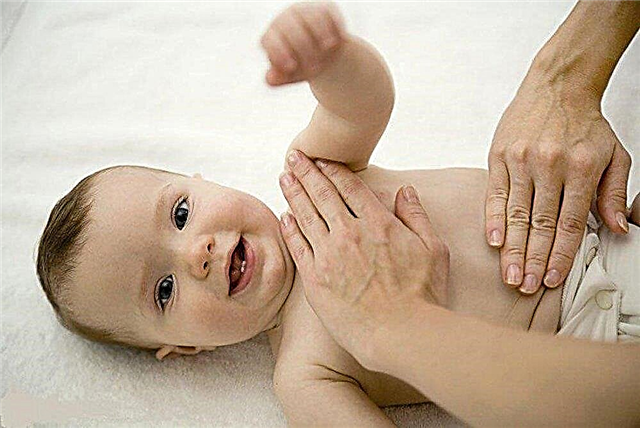
Mom always wants the best for her baby, so worries about having enough milk for a child are not at all uncommon. This question arises in almost all mothers, even if the baby looks well-fed and healthy, but, of course, most often it appears in mothers of restless and often crying babies. Due to a lack of milk, the baby may receive less valuable substances for its development, therefore, it is very important to make sure that the baby receives enough nutrition.
Signs
The main criterion that the milk received is enough for the child - he develops well and is calm. If the baby, after feeding, releases its mother's breast on its own, is in a good mood, then wakes up for a while and falls asleep, waking up to get the next portion of nutrition, then there is enough milk for the baby.
Other signs of an adequate supply of breast milk for an infant are:
- The frequency of urine excretion is at least 10-12 times a day.
- The baby's stool is similar in consistency to gruel, homogeneous, it happens up to 6-8 times per day, sour smell.
- Normal weight gain (500 grams per month or more), as well as growth.
- The baby's skin is pink and clear.
- The eyes shine, and when the baby cries, tears come out of the eyes.
- The kid develops according to the timing.

"Deceptive" criteria
There are signs that mothers can perceive as confirmation of insufficient lactation, but they are not criteria for the sufficiency of milk for an infant:
- If the mother does not feel the rush of milk, this does not mean at all that milk has begun to arrive in the breasts less. Such sensations are individual and very often milk arrives at the very moment when the baby is eating.
- If the baby sucks for a very long time or often asks for breast, this does not at all confirm the mother's guess that he is not enough milk. Breast sucking for a newborn is not only a way to satisfy hunger or drink, but also a means to calm down, gain a sense of security, and communicate with mom. In addition, with colic or cutting teeth, babies usually "hang" on their mother's chest for a very long time.
- Anxiety between feedings and during meals does not necessarily indicate hunger. Often, the baby is tormented by colic or other unpleasant symptoms.
- If the mother cannot express a large portion of milk, this does not at all indicate insufficient lactation. A baby who is correctly applied to the breast sucks in much more valuable drink than a mother when expressing.
- The appearance of the expressed milk is not an important criterion. He cannot tell you about the fat content of milk, or about its nutritional value. Read more in our article on What Breast Milk Looks Like And Tastes.

Signs of lack
The following will tell you about insufficient food intake in the baby's body:
- Poor weight gain.
- A small amount of urination. Up to 5-6 "peeps" during the day and a half-empty diaper after a night's sleep should alert the mother.
- Long duration of feedings, and the child remains unhappy and capricious after them.
- The baby rarely poops, but he has no symptoms of constipation.
How to determine how much milk the baby has drunk?
For this, you can carry out a control feed. The baby is first weighed before being breastfed. Having fed the baby from the breast, the baby is weighed again. The difference in weight will be equal to the amount of milk that the baby has sucked from the breast. Several similar feedings with weighings need to be carried out, since the child can suck out different amounts of milk in different feedings. Next, the average volume of sucked milk is determined at a time. By multiplying this number by the number of feedings, you will get the daily milk volume your baby has received. You can also weigh the baby after each feed during the day and add the data.

Consumption rates
The daily norm of milk consumed for a child during the first four months of life is a volume equal to 1/5 of his body weight. For example, if a baby weighs 4500 g, then to determine the daily norm of milk, you need to divide its weight by 5, and it turns out that 900 ml of milk per day will be the norm for the baby.
In this case, one should not forget about the individual differences of the kids. A child under six months of age can drink 700-1200 ml of milk per day. Someone eats less than the calculated norm, but gains weight and develops well. So the main criteria should remain the state of health, as well as the pace of development of the baby. If the child is healthy and developing correctly, then you should not worry.



